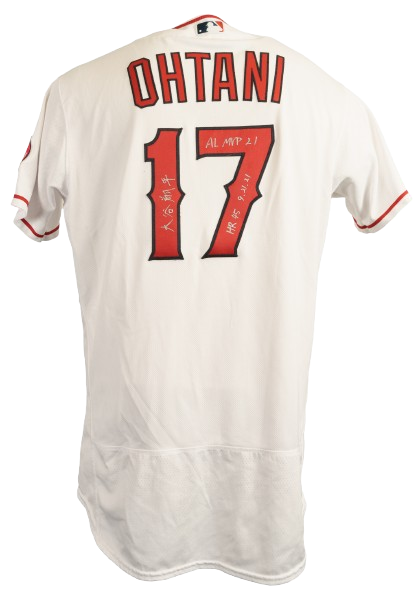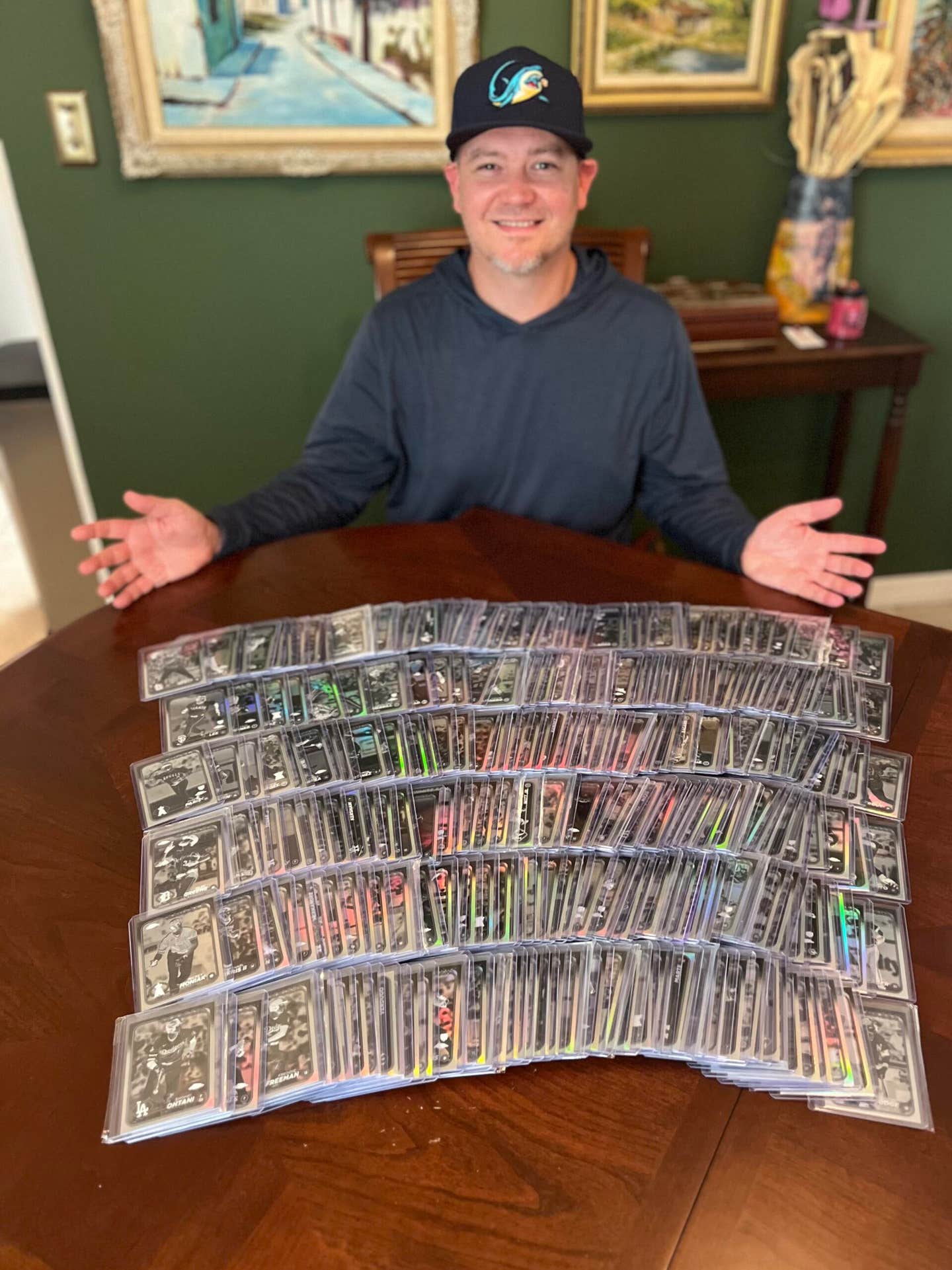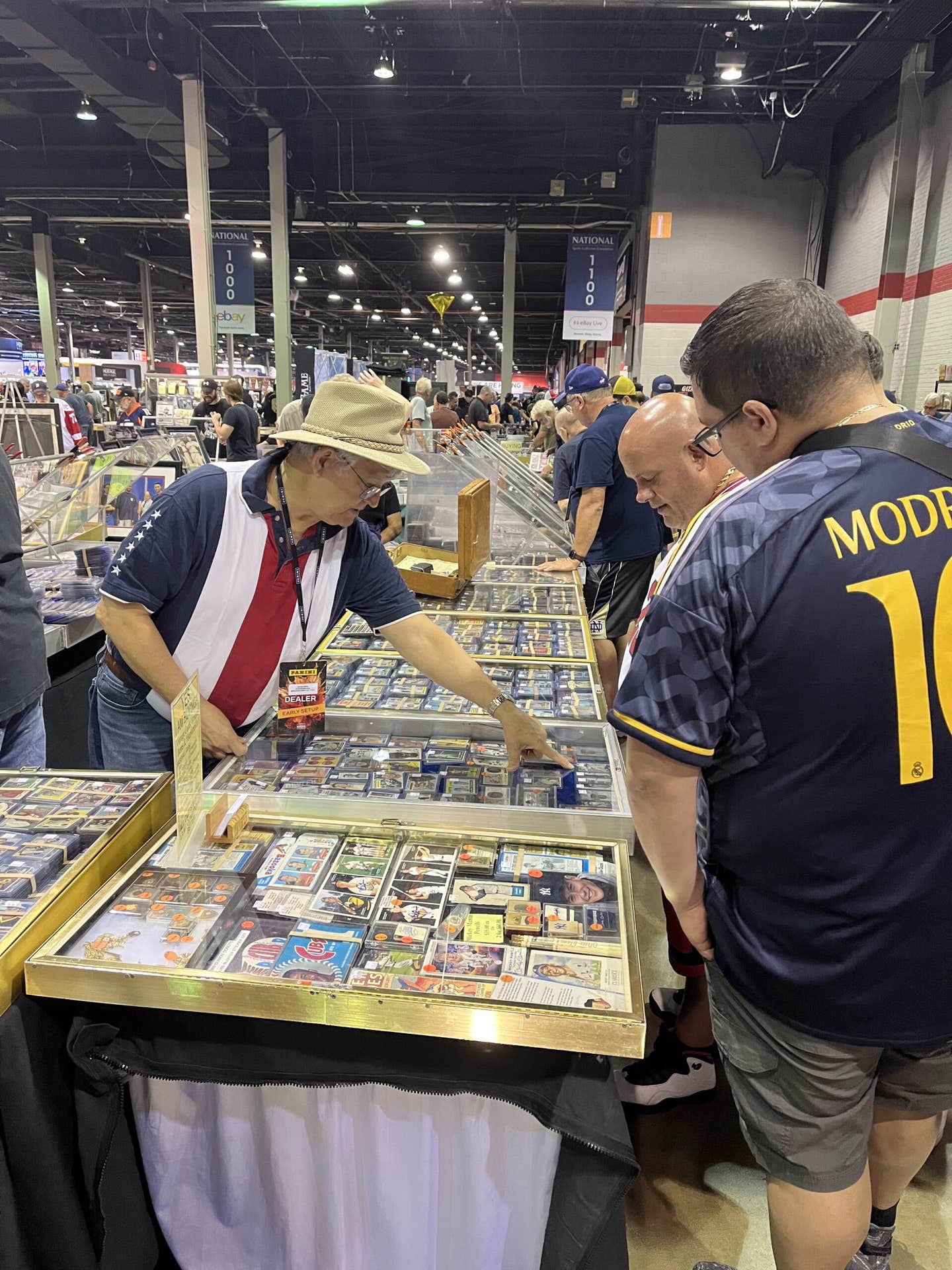News
More than 25 years ago, Desmond Howard took college football by storm
By Greg Bates
It’s a play that is etched in college football enthusiasts’ minds forever.
University of Michigan split end Desmond Howard lays out for a perfectly thrown pass by quarterback Elvis Grbac in the end zone at “The Big House” to help beat rival Notre Dame.
It’s a catch that will forever live in Michigan lore and a signature moment in Howard’s fabulous college career. It also helped propel Howard to win the Heisman Trophy as the top college football player in 1991.
Dubbed, “The Catch,” it’s hard to believe it’s been more than 25 years.
Even though all that time has passed, Howard can remember the moment from Sept. 14, 1991, like it was yesterday. Michigan was leading 17-14 with 9:02 left in the fourth quarter when the Wolverines faced a tough decision at the Notre Dame 25-yard line.
“Well, it was a fourth-and-1 play, fourth-and-short, and Gary Moeller, who was the head coach, called a timeout because he wanted to discuss what we wanted to do on the field,” Howard recalled with the media in Green Bay, Wisconsin in September 2016.
“I remember going to the sideline and Coach Moeller said we were going to pass the ball. Everyone in the stadium, everyone watching on television assumed that if we went back out there on the field as an offense we were going to run the ball because that’s what Michigan does – three yards and a cloud of dust, so to speak. So, it was actually a pass-run option, pass first. But the coverage dictates something else, because I was a lone receiver, then you run the ball. So I was out wide right and we had the pass on and the cornerback was probably seven yards off, and at the snap of the ball he converted, he came down over my nose and the safety rode over the top. So Notre Dame tried to be slick, tried to trick us. Even though it was the second game of the year, Elvis Grbac and myself, the quarterback, were on the same page, because we worked so hard that summer – really, really, really hard that summer. So we came in and we were on the same page, and he made the necessary adjustment and I did too, and I just had to beat the safety to the ball. Elvis threw it in a place where either I would catch it or it would be incomplete.”
It was complete. Howard’s teammates mobbed him in the end zone as an offensive lineman lifted him into the air. The diving catch helped No. 3-rated Michigan pull off a 24-14 victory over No. 7 Notre Dame.
Howard finished that game with six catches for 74 yards and the score to go along with a 29-yard run touchdown in the second quarter.
Howard had become the focal point of the passing game the week before when fellow Michigan star receiver Derrick Alexander injured his knee against Boston College and was lost for the season. Once Alexander was out of the picture, opposing defenses could roll their coverage to Howard’s side. That put a great deal of pressure on Howard to have a productive season.
“If Derrick Alexander would have played that season, defenses would have caught straight hell, because you can’t defend both sides – you got me and you got Derrick Alexander,” Howard said. “We always had a strong running game and we had Tony McGee at tight end, so I’m just saying, they would have caught straight hell.”
The catch against Notre Dame in Week 2 further propelled Howard in the Heisman conversation.
“Well, the week before like I said when we played Boston College and that’s when Derrick Alexander went out with a knee injury. It was a tough game up there and I scored four touchdowns against Boston College – caught three and ran a kickoff return for a touchdown,” Howard said. “The Howard kid’s a pretty good kid, a pretty good athlete. Went back to Ann Arbor, played Notre Dame, I scored two touchdowns. Smack on the cover of Sports Illustrated. You tell me what that did for my Heisman campaign. Then it was on.”
It certainly was on. Known for his prowess on punt returns, Howard was dynamic as well as a receiver. He finished the season with 62 receptions for 985 yards and 19 touchdowns through the air. He added 13 carries and 180 yards and two scores on the ground. He also returned one kickoff and one punt for touchdowns. Simply put, Howard was electric and unstoppable.
In December of that year, Howard tallied 2,077 total points in the Heisman voting, beating out runner-up, Florida State quarterback Casey Weldon, who received just 503 votes.
It was a magical season for Howard.
“The thing I remember was the pose and the great return – obviously, made the great catch against Notre Dame,” said Rece Davis, Howard’s colleague and ESPN “College GameDay” host. “He has so many tremendous moments.”
Ah, yes, the pose. That was iconic, too.
The play came in the final game of the regular season against Ohio State in Ann Arbor. Howard fielded a punt at his own 7, juked out two tacklers and outran two more, streaking down the sideline and into the end zone. At the end of his 93-yard run, Howard struck the Heisman pose as the play essentially sealed Howard’s fate as the 56th winner of the coveted trophy.
What really stands out to Howard from that season?
“You don’t have a year like that and just one thing stands out,” Howard said. “I think that it was a magical season for me and for our team. The beauty of what happened that year in my opinion – Michigan always talks about the team, the team, the team. That’s our mantra and we live by that. The beauty is they didn’t try to feature Desmond Howard, it wasn’t a guy they just tried to force-feed the ball to. It’s nothing like we see today with this spread offense. A guy can catch 15, 20 balls, nothing like that. We were still a run-first offense, but everything happened within the flow of the offense. And I think that was the beauty of it. I think that’s what I remember the most.”
With his talent as a receiver and as a phenomenal return specialist, Howard was tough to stop during his college career. But the question begs, how would Howard fare in today’s college football with his ability? He would be such a weapon on the outside and would utilize such modern-day plays as the bubble screen.
“(‘College GameDay’ colleague Kirk) Herbstreit brought that up, and it would just be unfair,” Howard joked. “You just put a guy like me out in space and I had to run the route tree. I had to do it the hard way, so to speak. These guys, they get one-on-one with linebackers in space and one-on-one with strong safeties in space. I would like to think that I would have been able to really put up some pretty impressive numbers.”
Davis concurs. Defensive coordinators would have nightmares game planning against the Michigan star.
“When they spread everybody out and they run a little run-pass option and flip it out to you – they’d ride the back, free somebody then flip it out to Desmond,” Davis said. “Are you kidding? He would be ridiculous.
“He’s one of the greatest players I’ve ever seen. And it’s a pleasure to be on the set with him. He’s part of that elite Heisman fraternity, which in my judgment is the greatest individual award in all of sports. While he won that award and he was an All-American, Super Bowl MVP, icon here in Green Bay, he’s a better guy. And he’s a great teammate for us to have on ‘GameDay.’”
A trip back to Lambeau
After his amazing junior season, Howard declared for the NFL Draft and was the No. 4 overall pick of the Washington Redskins. He ended up playing 11 professional seasons with five teams.
Howard’s most cherished NFL memories came as a member of the Green Bay Packers. A year ago in early September, Howard was able to return to Green Bay when “College GameDay” was in town for the Wisconsin-LSU football game at Lambeau Field.
Howard spent just two seasons with the Packers – 1996 and ’99 – but he will never forget his experiences. His biggest moment as a professional was being named Super Bowl XXXI MVP as the Packers beat the New England Patriots 35-21. Howard is the first and only player in Super Bowl history to win MVP for solely his special teams play. He had 244 all-purpose yards – 154 on kickoffs and 90 on punts – in the Super Bowl and ran back the opening kickoff of the second half for a 99-yard touchdown.
“It’s great being back; this is a special place,” Howard said. “I’ve been trying to explain that to the crew for quite some time. I think they’re getting a sense of how special it is, and we’ve got a bunch of football junkies in our meeting room. This is a unique situation, a unique experience. I walked in with a couple of our producers and all I can say is it was like a moment for them. They understood where they were.”
Walking into historic Lambeau Field was a first-time experience for Davis and “College GameDay” colleague David Pollack.
“He told us that the guys who hadn’t been inside yet, he said, ‘You’ve got to go inside the stadium. It’s special,’” Davis said. “I think it’s really meaningful to him to come back here because of the accomplishment of winning the Super Bowl and winning Super Bowl MVP and knowing what a great appreciation the fans here have for former Packers.”
Said Pollack: “Obviously, it’s cool for him to come back to a place like this that was so special to him. It’s been fun to see his excitement. He went out there today and showed me how to do the Lambeau Leap and all that good stuff.”
What makes 60-year-old Lambeau Field so hallowed and special?
“I think it’s the history of it, the tradition, the uniqueness of it,” Howard said. “You go in there and look at some of the names – not only just Hall of Famers. We’re talking like legends in football, people who helped mold this sport to what it is today. So I think coaches who coached there, some of the players who played there and the mystique of Lambeau. It’s a special, very unique place.”
Howard couldn’t recall the last time he set foot in Lambeau Field, but it could have been during his final season in the NFL when he was with Detroit and the Lions played in Green Bay on Nov. 10, 2002. So many things ran through his mind when he was back in the stadium.
“I was flooded with a lot of memories, to be honest with you, because there’s a lot of special moments in that stadium,” Howard said. “Even starting out with the preseason game I played against Pittsburgh, I took the punt return back for a touchdown, which solidified my spot on the roster that year. You start there and the list just goes on and on – touchdown against San Diego, touchdown against the Bears, the playoff game against the 49ers.
“Like I said, a flood of memories. You look up there, I see Brett’s (Favre) name, I see Reggie’s (White) name, and see some of my teammates. It’s just very emotional, very emotional. That’s probably the best way to put it, is emotional. I just feel truly blessed that during my career I actually called this place home, like this was my home field – and that’s a blessing.”
Greg Bates is a freelance contributor to Sports Collectors Digest and can be contacted at gregabates@gmail.com.








